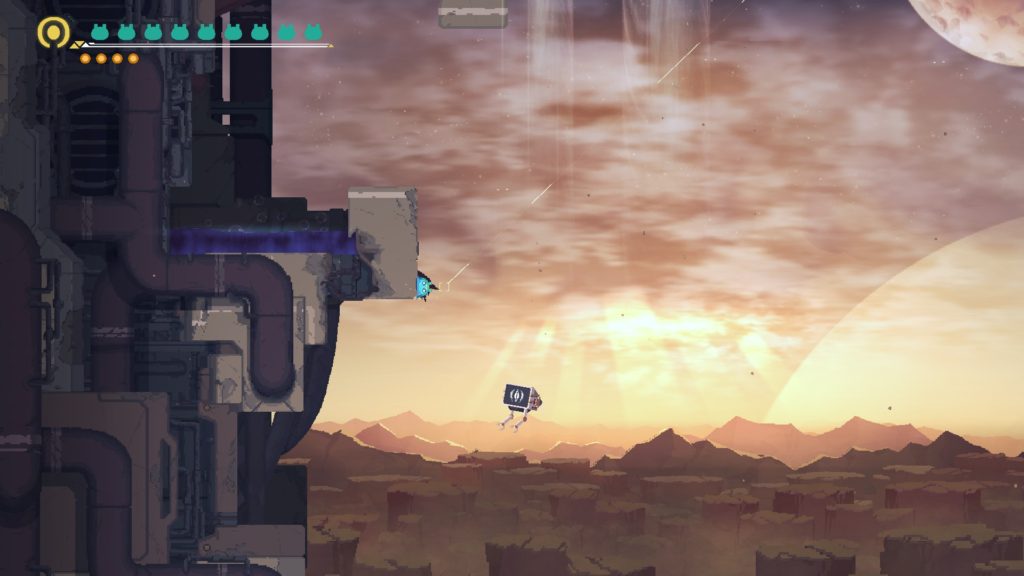
MO Astray: Endurance Is Its Own Reward
It’s the end of 2020. It has been a year to endure.
MO: Astray is about enduring.
There are a vast panoply of games out there, both big and small, and experiencing all of them is simply impossible. There are people who are just now getting around to playing Final Fantasy VII, either as a salve to the overbearing fussiness of the Remake, or as prep for playing it sometime in the distant future. I personally can’t claim to have played even a sliver of the releases this past year, including many of the more obvious releases that I am sure many of the writers in the Uppercut roundup will cover with aplomb. Nevertheless, I am sure everyone has that one special little game which they played and loved, and are subsequently baffled at the lack of coverage it received. Being a writer means that these little gems will adhere to my skull, causing me to tentatively pitch pieces on it… but these ideas are met with “it’s too small,” “you can’t just write about something because you love it,” and “there’s no hook, sorry” time and time again. Sure, they’re great games, but “there’s no audience.” Or so I’m told.
But still, they’re studded in your head, and you persevere. A few years ago, I missed the chance to make a mark for a small game that dazzles me brightly (sorry Zero Ranger) but this year, things are different. This year, I endured, and am going to tell you about MO: Astray.
MO: Astray is a puzzle platformer with gorgeous pixel art from a small Chinese developer, Archpray Inc. Ten years ago, this would have been end of year indie round-up bait. These days, the slate is so full it didn’t even manage ten critical reviews. This is perhaps due to how compact and inauspicious it is in its protagonist and setting. In MO: Astray, you play a nameless blob of jelly, birthed from a tube in the moist, clanking innards of a science facility turned extra terrestrial charnel house.
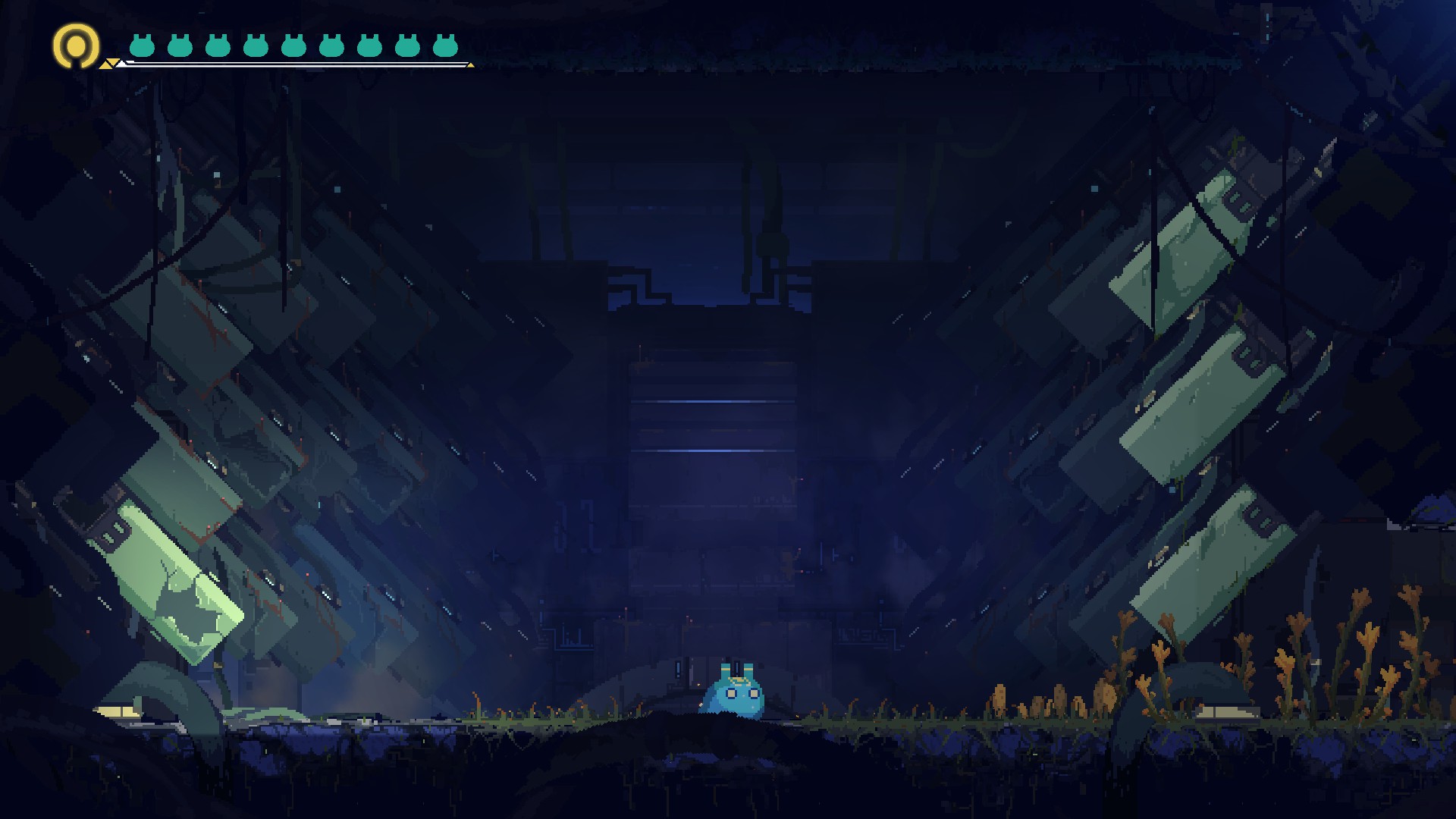
You are coaxed along by a murmuring feminine voice that urges you to solve puzzles and progress further through labyrinthine rooms and tunnels. You use your gelatinous form to latch onto the head of fungal zombies in order to puppeteer them to pull levers and press buttons, platforming your way through devious one room puzzles.
Before you detach and continue on your way, you are free to read their memories and begin to piece together the tragedy of the research station. Feasting on the memories of the fallen is an interesting way to tell a story and its elegant insertion into the gameplay is representative of the maturity of Astray’s design – despite his gooey form, there is no flab.
Mechanically, you are limited to jumping, sticking onto walls, dashing in the air, and slight variations of this limited verb set. There are opportunities to clone yourself for some puzzles–swapping your consciousness between bodies on the fly–but overall the game is elegant with its mechanics, constantly propelling you forward through a tried and tested world and puzzle design of introducing, escalating, iterating. Much like MO itself, the game makes up for its unassuming nature by having depths to plunder.
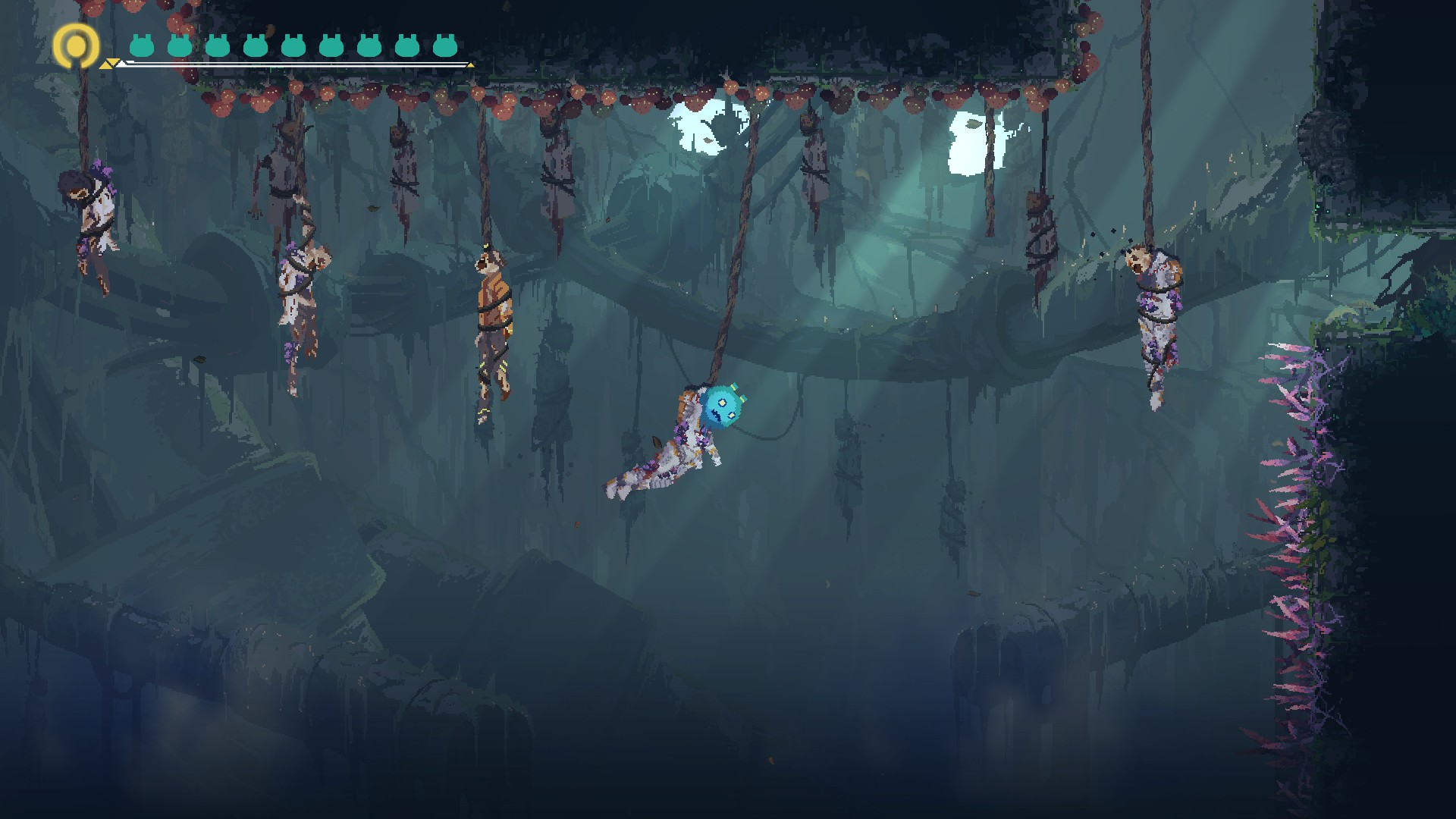
Part of this is due to MO’s astounding visual design–the aforementioned sprawling facility feeling like the megastructures of Blame. At some point in the past it’s clear that this place choked the life out of the planet it was situated on, but you explore during its extended death rattle. Nature has punctured through every crack it can find, vines and fungus twist through every mechanism, the hot and heavy humidity hammering through every hazy pixel. In later stages it becomes clear that so much time has passed that new life has spawned from carcasses of the dead, one with its own mythology and culture that is drawn from a warped understanding of the technology that spawned them.
The facility itself has been rendered into an elaborate death trap due to the many calamities that have befallen it in the indeterminate amount of time that has transpired in the game’s vague chronology. An ephemeral voice guides you through its many subsections, entrusting you with hope, treating you as a precious drop of crystalized miracle that can save them from their incarceration. Along the way, you find the carcasses of your predecessors, and glean from their memories an idea, that you are certainly not the first slime to snake its way through the lab, guided by this voice.
The way that these ideas of perseverance and memory dovetail neatly into each other both mechanically and narratively is the kind of cohesion that’s often missing from even big budget video games. Platforming puzzles and levels in MO are from the Celeste and Super Meatboy vein–though not nearly as punishing–and when combined with its narrative of conquering an ordeal, repetition of tricky sections rarely feels egregious. If anything, failure feels core to the experience, acceptance and moving on also figure heavily in the narrative – the game is quick to remind the player that focusing negatively on anything can have long lasting consequences beyond the scope of the moment.
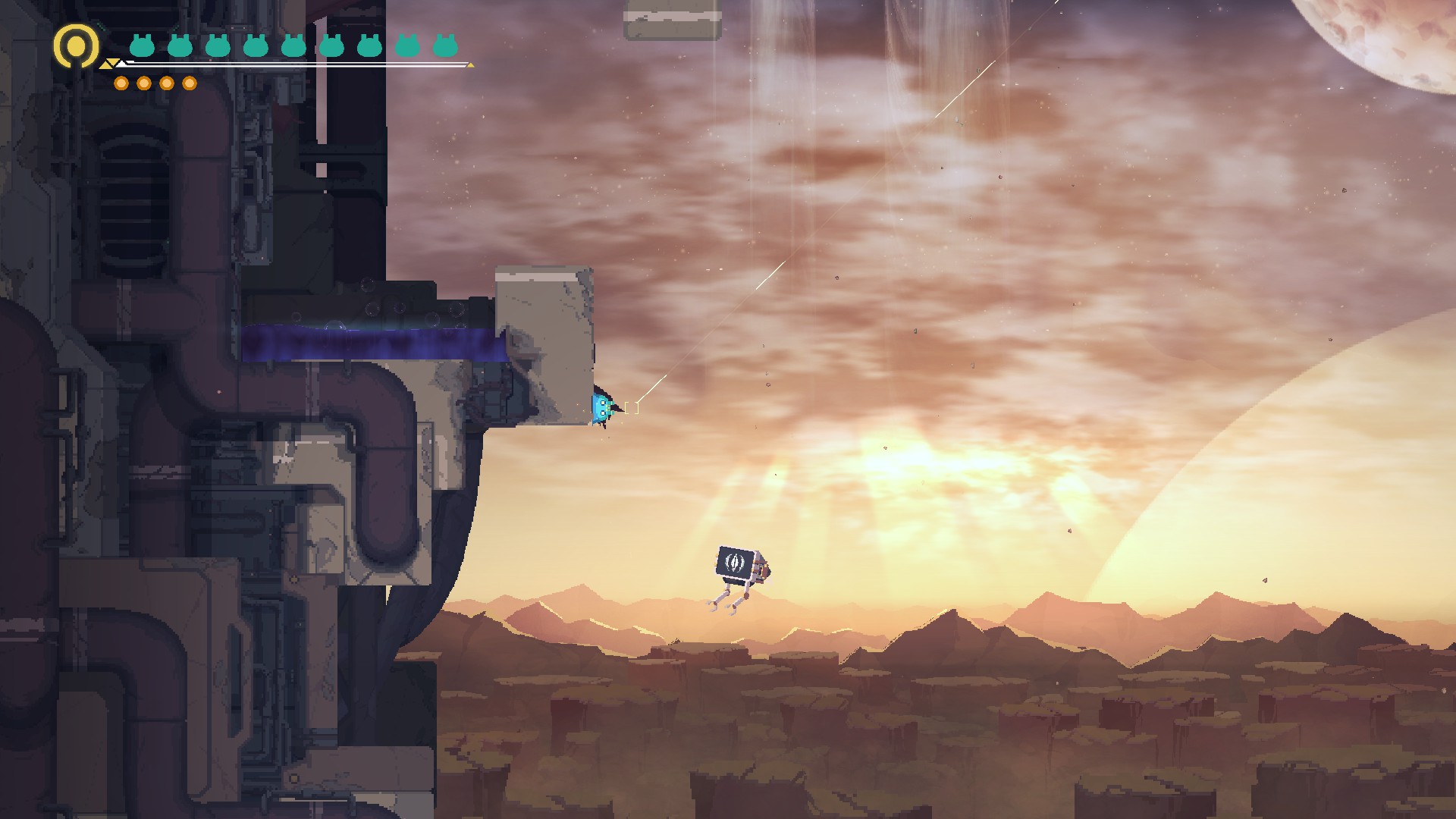
Delving into the narrative beyond these vague comments is something I am loath to do because, like many games, it is best experienced first hand. It’s not an incredibly novel story, but it hits home on its core themes of endurance and forgiveness, whilst also reflecting them mechanically. What it specialises in, and what makes it feel like it goes toe to toe with the bigger, meaner blockbusters, is its level of artistry and the spectacle it delivers in its muted pixel palette.
There’s no greater way of communicating adversity and triumph in a game than a particularly fraught boss battle, and MO has its fair share of titanic clashes–which is ironic given your lack of anything more aggressive in your arsenal beyond a short, underwhelming dash. While these encounters are small in number, they are incredibly memorable, and there is something compelling about the way that they communicate the main themes of the game. They feel huge and intimidating, but perseverance sees you through every time. Mechanically they take MO’s limited array of movement to its absolute limit, relying on interesting expansion of the game’s environmental hazards to fill in the gap left by an absence of combat.
To get at the real guts of the game though, it’s necessary to spoil the experience somewhat. If anything above has you interested, please take a risk on this tiny little gem of an experience. This year has been full of incredibly polished and professional games by huge studies, and emotive indie experiences that capitalise on the raw emotive power of the human experience. MO sits somewhat uncomfortably between the two, which is perhaps why it slipped through the gaps, but it’s still a vital game that manages a lot with a little.
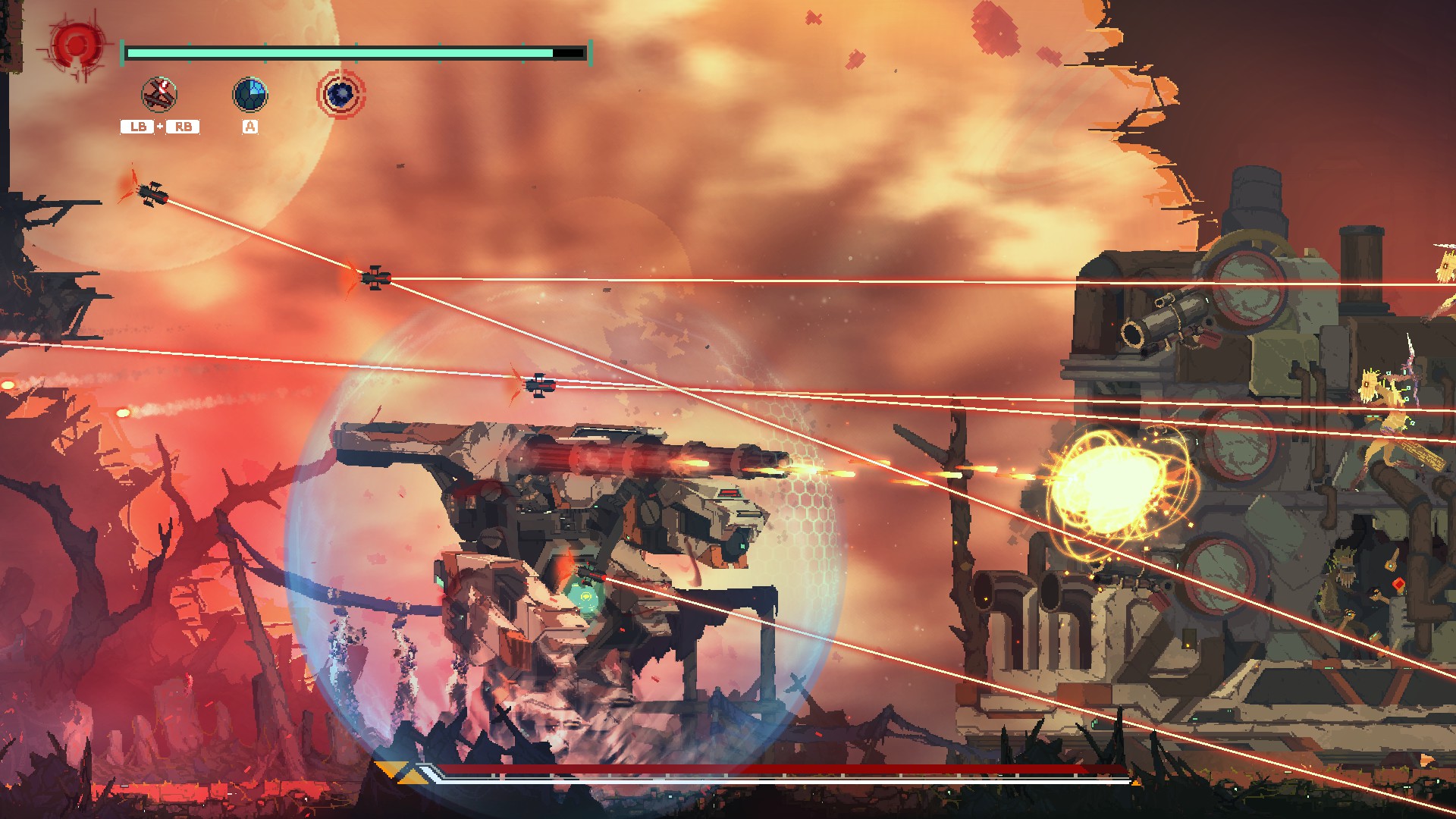
The game’s two standout set pieces are about escalation, and what that can lead to. The first sees MO, through story reasons, pilot a warmech and mow down hundreds of creatures that have blossomed in the facility’s remains. Like many of the greatest game experiences, it is immensely cathartic, a sop to the carnal demands of violence as you charge forwards and destroy.
This comes back in the final act of the game, as you finally meet up with your guiding voice which over time has become increasingly angry at its confinement. You discover it is a destructive entity hellbent on revenge, stuck in the ruins of a dead planet. The final encounter sees you take to the skies and battle a huge, planet killing weapon with nothing but your weak dash. The sense of escalation is palpable, and the artistry and music deliver in ways many games could learn from.
Endurance is the key to success, and it’s entirely the smallness of MO, the vulnerability of you, that lets you succeed. In the end it’s a refusal of real violence despite escalation that allows you to triumph. And it’s a hollow triumph really, because all you’ve done is talk down a world ending threat. It is perhaps tantamount to how bizarre 2020 has been that this strange story of a blob and an apocalyptic weapon resonated so much, but it really is just emblematic of how being small and alone, and facing off against adversity through tenacity is a core part of life.
MO ends on a dead planet, a rotting carcass of a failed laboratory falls apart to rust and nature. New life grows in its fissures, ignorant of what came before it. For all the grandiose battles and complex navigation you put yourself through, there’s no revelatory answer at the other side. 2020 will be a near forgotten memory one day, and even the biggest titles fade to obscurity with time. There’s comfort to be found I think, in understanding that enduring is its own reward.





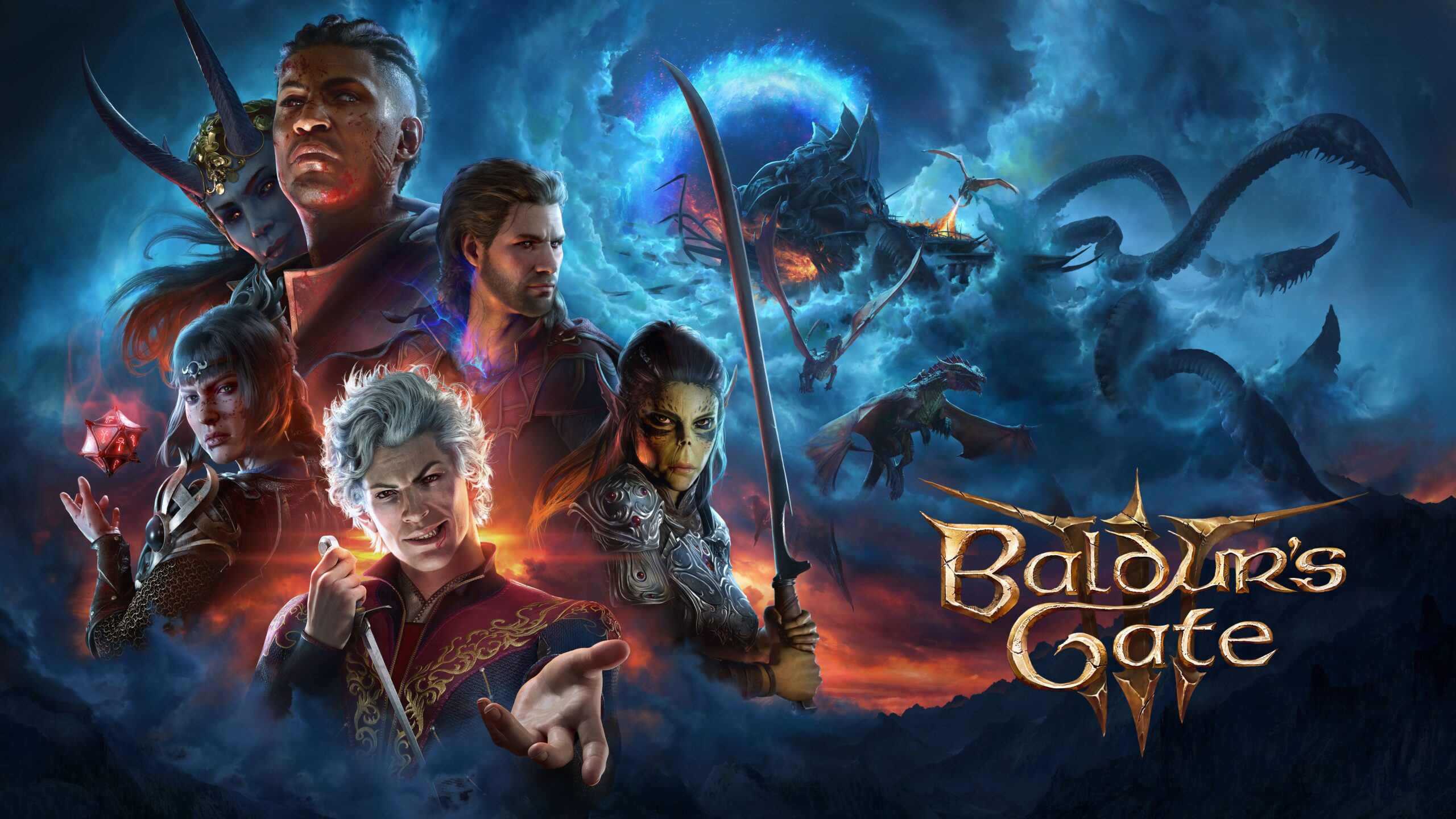
1 thought on “MO Astray: Endurance Is Its Own Reward”